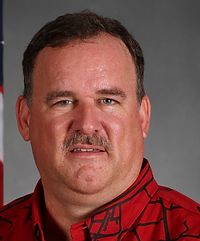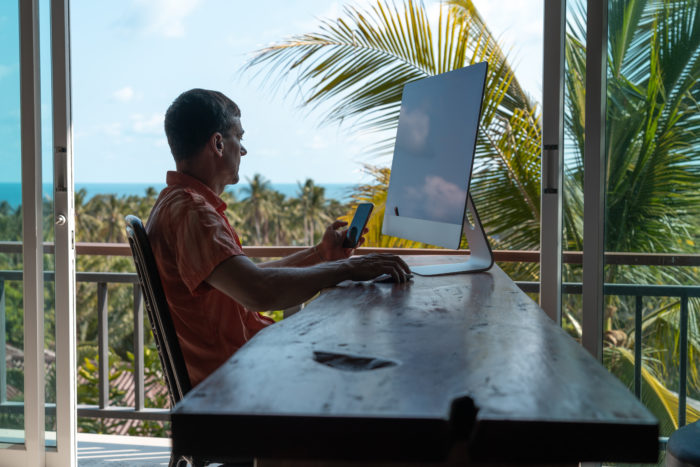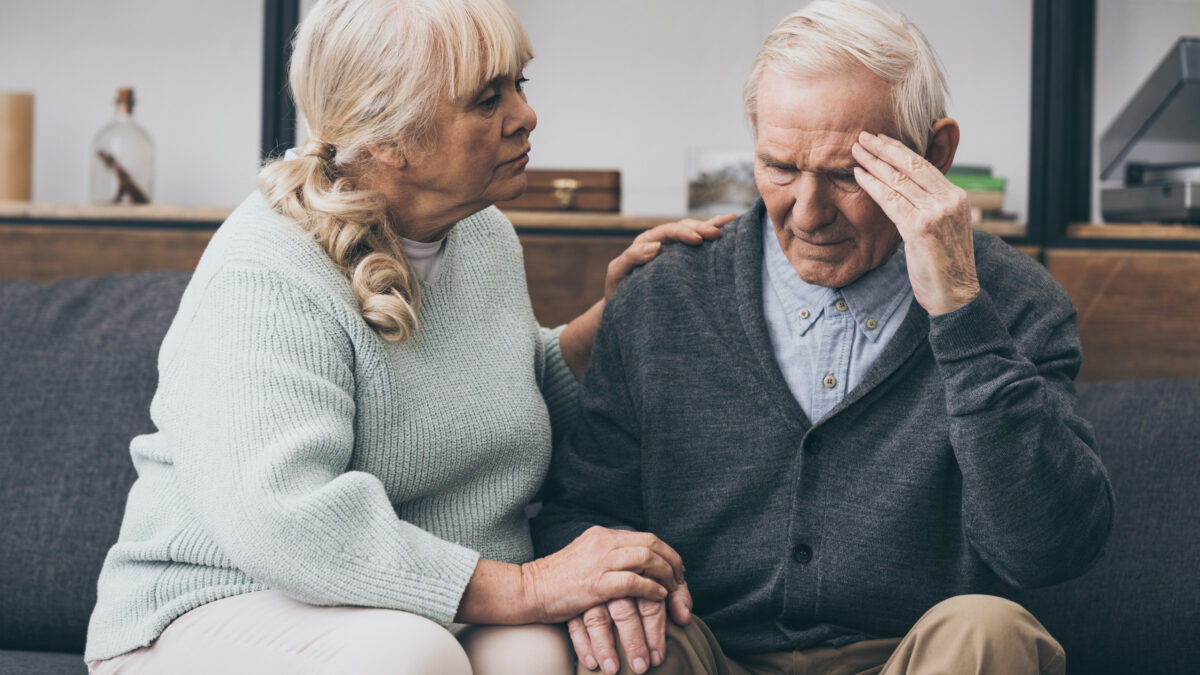By Jerry Boster
Living on a Hawaiian island is living the dream – unless you need access to a medical specialist who is an airplane ride away. Just ask a person with Parkinson’s living in Hawaii, like me.
While people with Parkinson’s live on all 7 Hawaiian Islands, most medical specialists are concentrated on the island of Oahu. Experts estimate that the state of Hawaii has 500-700 fewer physicians than needed, a shortage that makes it difficult to access a specialist of any variety. Patients who need a rheumatologist, an infectious disease specialist, an endocrinologist, a neurologist or – in the case of Parkinson’s patients – a movement disorders specialist, may discover that getting to the right health care provider is no easy task.
A newly diagnosed Parkinson’s patient may wait three or four months for an appointment. Then there’s the issue of travel. An airline ticket from a neighbor island to Oahu can cost as much as $200-$250. Most patients travel with a family member or caregiver, doubling that cost.
Not many patients can afford to spend the night in Oahu, so they often make it a day trip. This requires driving to the airport in the wee hours of the morning, flying, taking ground transportation to the doctor’s office, getting back to the airport, taking the return flight and then getting home from their local airport. Sometimes patients try to make the most of their travel and book several medical appointments on the island for a single day.
It’s exhausting and expensive. Take into account that Parkinson’s patients are already plagued with fatigue from their illness. And insurers typically do not reimburse for travel expenses. Most patients with Parkinson’s are kupuna (seniors) on a fixed income and limited resources, which makes the trip even more challenging.
Luckily, telemedicine is offering some innovative solutions. Appointments conducted via laptop, tablet or phone can bridge the gap between patients and providers. Some visits must be in-person, of course. But increased availability of telemedicine could mean that patients who need to see a movement disorders specialist quarterly, for example, might conduct at least two or three of those appointments without getting on an airplane.
It’s no surprise COVID-19 has helped get the ball rolling on telemedicine. Clinicians who might have hesitated before are now seeing telemedicine expand their reach to patients, especially in difficult times. Medicare and commercial policies to reimburse health care providers for telemedicine visits have also helped by making the service financially feasible.
It all boils down to access. I think of one man I met recently through my work with the Hawaii Parkinson Association, a Korean War veteran with Parkinson’s who hadn’t seen a movement disorder neurologist or had his medication adjusted in five years. He was in a bad way.
I helped to arrange a telemedicine appointment – a simple telephone visit – with a doctor who listened and helped this man adjust his medication levels as needed. Having a physical, in-person doctor’s visit had felt like too much all these years, but telemedicine helped get him back on track in just a matter of minutes.
For the sake of Parkinson’s patients in Hawaii and elsewhere, I hope to see more routine use of telemedicine even after COVID-19. Health care providers can still have their regular in-person appointments with patients. But by devoting at least part of their work stream to telemedicine, they can also extend accessible care to patients in remote locations, making life with Parkinson’s disease more manageable for so many of us.

Jerry Boster is president of Hawaii Parkinson Association.




